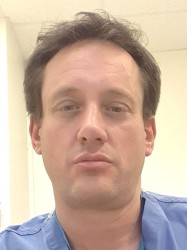BibTex format
@article{Bentley:2014:10.1016/j.nicl.2014.02.003,
author = {Bentley, P and Ganesalingam, J and Jones, ALC and Mahady, K and Epton, S and Rinne, P and Sharma, P and Halse, O and Mehta, A and Rueckert, D},
doi = {10.1016/j.nicl.2014.02.003},
journal = {NeuroImage: Clinical},
pages = {635--640},
title = {Prediction of stroke thrombolysis outcome using CT brain machine learning},
url = {http://dx.doi.org/10.1016/j.nicl.2014.02.003},
volume = {4},
year = {2014}
}

